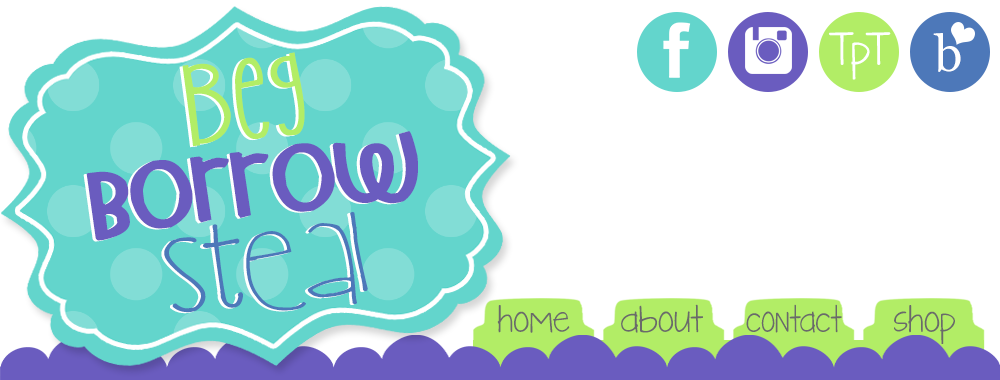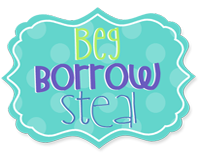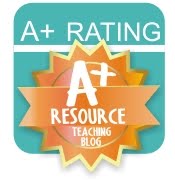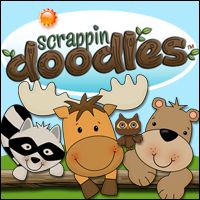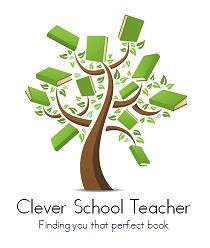What is a Circle Map?
A Circle Map is one of the first Thinking Maps we use in Kindergarten. It is probably one of the easiest for young children to grasp and comprehend because basically they are taking a single (one) idea and defining it in its context.Circle Map=a thinking map used to define information

Here is one way to use the Circle Map in a writing lesson on describing apples.
 Explain that today the children will be writing about apples, but first, we need to gather information. Show the apples, and have the children talk about the color, shape, etc. Cut the apple (if possible, cut the apple beforehand OR cut it in front of the children and make this into a math lesson as well!). Pass out the slices. Have the children use their sense of sight to look at the slice, touch it, smell, and finally taste the apple. Ask children to provide words that describe the apple.
Explain that today the children will be writing about apples, but first, we need to gather information. Show the apples, and have the children talk about the color, shape, etc. Cut the apple (if possible, cut the apple beforehand OR cut it in front of the children and make this into a math lesson as well!). Pass out the slices. Have the children use their sense of sight to look at the slice, touch it, smell, and finally taste the apple. Ask children to provide words that describe the apple.On a white board/chalkboard or a large sheet of butcher paper, draw a small circle and write the word apple in the middle. Now draw a larger circle around it. Explain that we are gathering information about the apple so we write APPLES in the middle circle of the Circle Map. Now we will be writing words to define apples in the larger outside circle. Write the words/phrases the children provide in the outer circle.

Now, take those characteristics or 'definitions' and add a sentence pattern that a beginning writer can 'read and copy,' adding his/her own selected characteristic from the Circle Map. Using the word Apples as the initial word an adding the are for the verb (which is also a High Frequency Sight word) reinforces the vocabulary that they are familiar with. The children now simply look to the Circle Map to select a word that they want to use to complete the sentence and copy it into their journals!

You can also provide an alternative pattern such as

Although this seems to be awfully simplistic, it is a very effective introductory way to use Thinking Maps and sentence patterns/forms with Kindergartners. It also provides them with a high sense of pride to think they were able to create their very own sentence and read it all by themselves!
